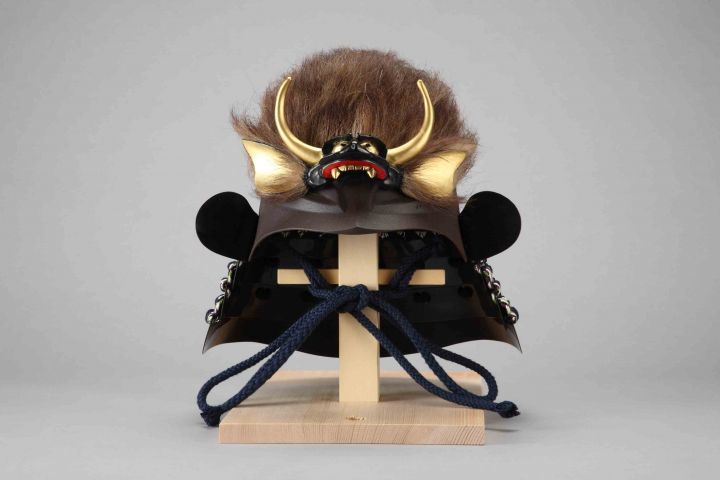 |
For the first time, the Embassy of Japan in Vietnam in cooperation with the Japan Foundation Center for Cultural Exchange in Vietnam is presenting a travelling exhibition entitled “The Spirit of Budō: The History of Japan’s Martial Arts” from October 11 to 25 at the Vietnam Fine Art Museum in Hanoi, exploring the history of Budō in both its old and modern variations.
Budō (meaning, literally, martial ways), also known as Japanese martial arts, originated from medieval combat techniques (bujitsu) used in warfare.
For over a millennium, Japan’s unique martial culture of bujutsu and budō continued to evolve from battlefield combat techniques to “take life” to ways of “giving life”.
They changed from “jutsu” to “dō”, in which practitioners are encouraged to temper their bodies and spirits.
After World War II, the budō arts were reassessed and have spread throughout the world as popular sports, to the extent that they are even part of the Olympic Games.
Budō will continue to be loved by countless people as exciting competitive sports as well as life-long pursuits for physical and mental well-being.
As such, budō will undoubtedly make a significant contribution to peace throughout the world.
“The Spirit of Budō: The History of Japan’s Martial Arts” was planned and produced against a background of strong overseas interest in Japan’s martial arts culture.
The exhibition provides viewers with a greater understanding of the history of Japanese martial arts - from bujutsu to budō.
The exhibition consists of two sections. In the first, reproductions and originals of historical weapons such as bows and arrows, suits of armor, helmets, and so on are shown, and the development of and changes in Japanese martial arts from 8th century to 19th century are explained.
Many ancient types of armor and weapons have not survived to the present day or are too fragile for international transport.
This is why the exhibition includes reproductions, which give the appearance of suits of armor or helmets at the time of their original production.
The second section deals with the reorganization of bujutsu to budō in the 19th and 20th centuries, and how the spirit of martial arts remains inherent in the daily lives of Japanese people.
Nine budō associations are also introduced, as are clothes and implements such as bamboo swords, protectors, and bows and arrows used by players and students in the present day.
Viewers will become aware not only of the history of Japanese martial arts but also of people’s aesthetic awareness and creativity and Japan’s social history and the Japanese way of thinking from a new angle.
“The Spirit of Budo” exhibition invites audiences to learn the history of these rich cultural traditions and their legacy today.
Admission is free.
 "The Spirit of Budo: The History of Japan's Martial Arts" exhibition will take place from October 11 to 25 at the Vietnam Fine Art Museum in Hanoi.
"The Spirit of Budo: The History of Japan's Martial Arts" exhibition will take place from October 11 to 25 at the Vietnam Fine Art Museum in Hanoi.